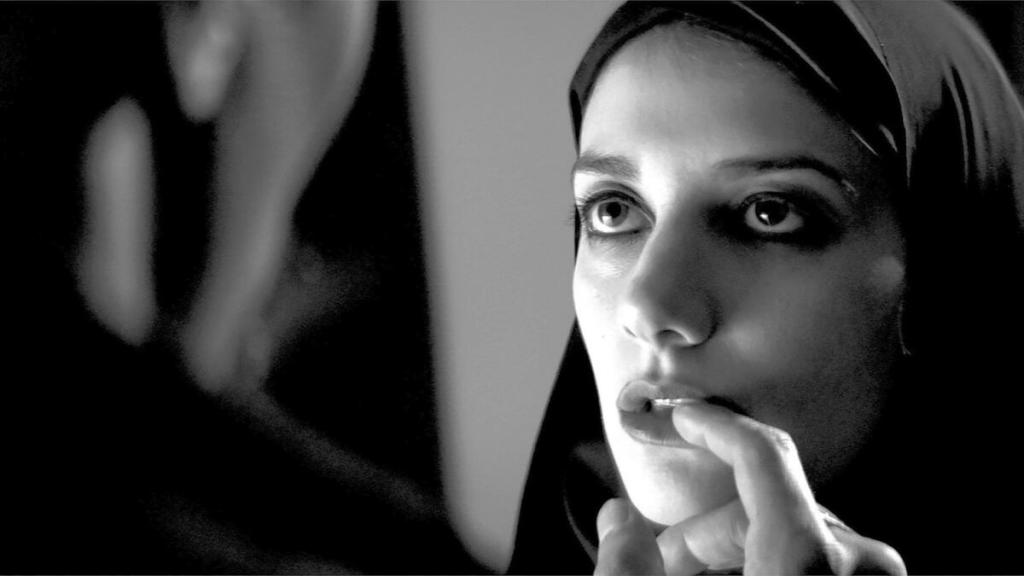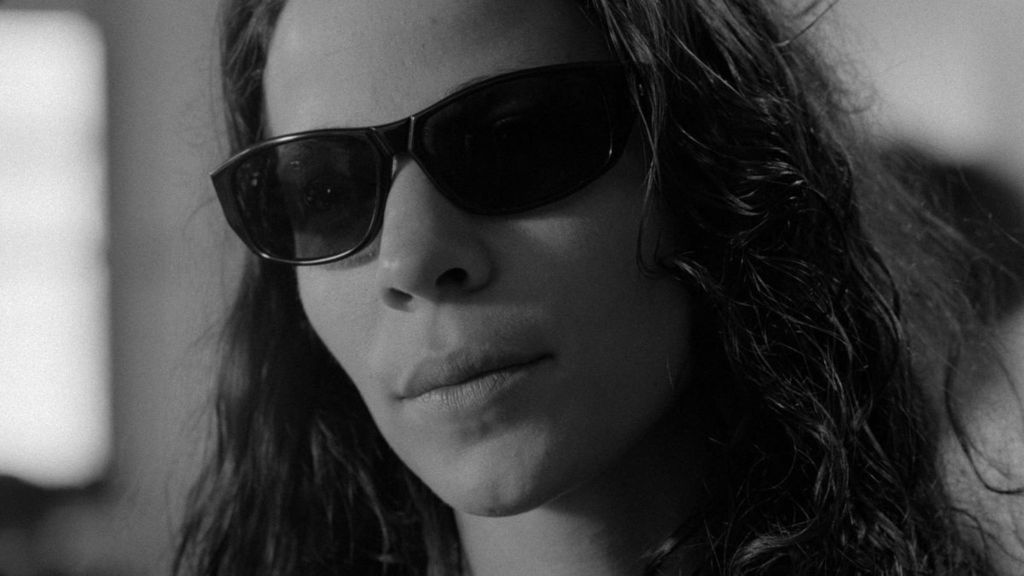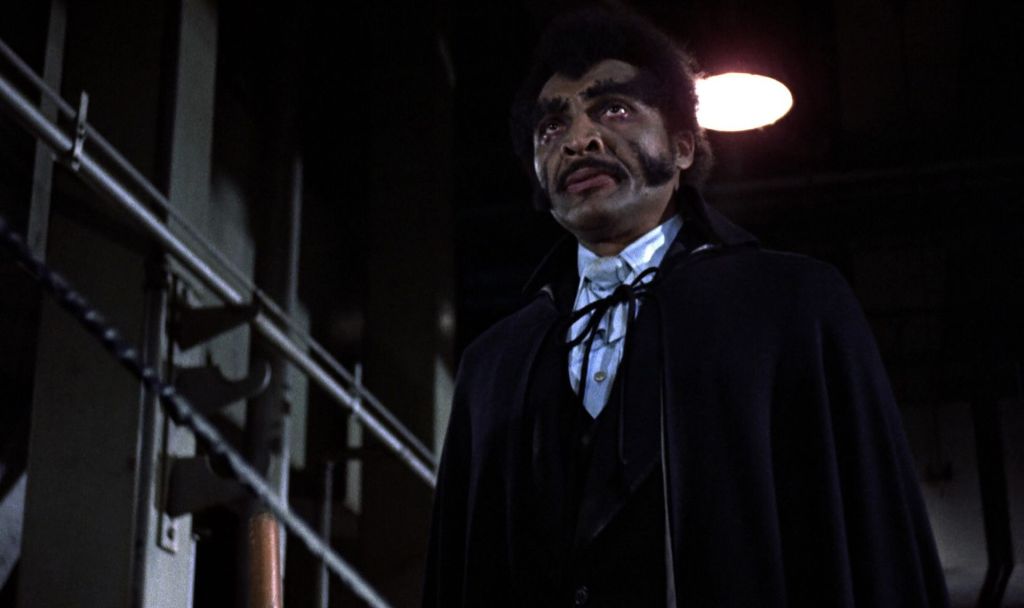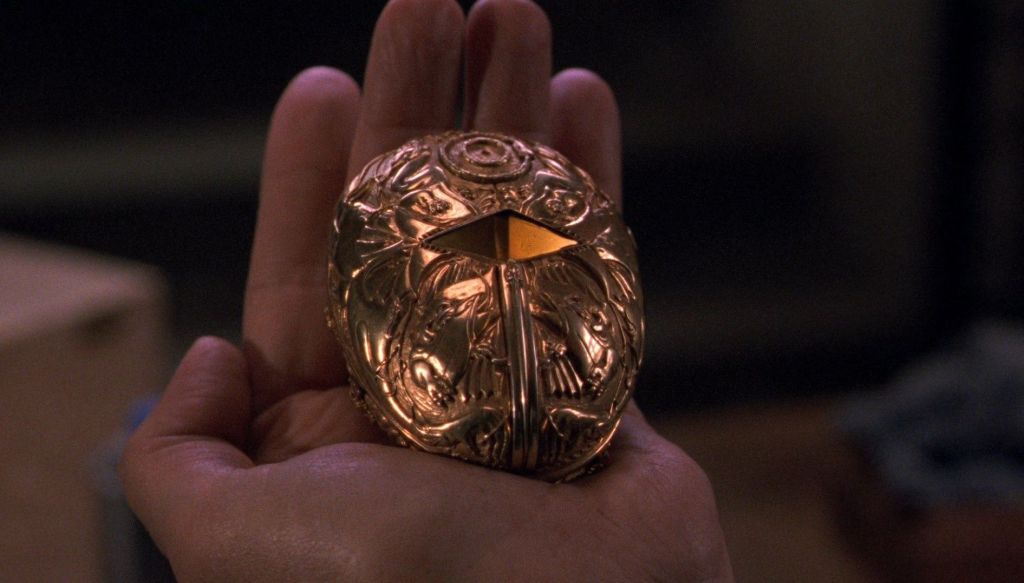Ryan Coogler’s Sinners has barely hit theaters, but it’s already acclaimed as one of the best vampire movies ever. Sinners reunites Coogler with star Michael B. Jordan, who takes on the demanding dual roles of twin brothers Smoke and Stack in a story that plunges audiences into the atmospheric landscape of 1930s Mississippi. The movie distinguishes itself through a bold fusion of genres, blending horror, period drama, gangster film, and blues musical elements while delivering potent social commentary on race, cultural exploitation, and resilience within the Jim Crow South. Unsurprisingly, the reception of Sinners is overwhelmingly positive, with critics highlighting its deeply drawn characters, ambitious narrative, and Coogler’s signature ability to weave serious thematic exploration with compelling, stylish entertainment.
Videos by ComicBook.com
A film like Sinners naturally leaves audiences craving for similar experiences. The desire isn’t just for any vampire story but for films that echo Sinners‘ commitment to meaningful social commentary, its focus on complex characters grappling with darkness, its effective use of setting and history, and its willingness to push genre boundaries. Here’s our pick for ten vampire movies you should watch after Sinners.
Near Dark

Kathryn Bigelow’s 1987 neo-Western horror film Near Dark revitalized the vampire genre with grit and style. When Oklahoma farm boy Caleb Colton (Adrian Pasdar) meets the enigmatic Mae (Jenny Wright), one bite condemns him to undeath and forces him into her violent, nomadic vampire family. Led by Lance Henriksen’s chilling Jesse Hooker, this crew traverses desolate highways, their existence a brutal cycle of feeding and fleeing, far removed from gothic castles. In addition, Near Dark’s dusty, sun-bleached visuals and emphasis on visceral survival create a uniquely American nightmare.
In Near Dark, Bigelow masterfully blends Western iconography with raw horror elements, grounding the supernatural in a harsh reality. The focus remains squarely on Caleb’s unwilling transformation and the complex, often terrifying dynamics within the vampire clan, with themes of loyalty, belonging, and the loss of humanity explored with intensity. Its influential mix of character depth and visceral thrills sets a high bar for genre filmmaking, not unlike Sinners.
A Girl Walks Home Alone at Night

With her stunning 2014 debut feature, director Ana Lily Amirpour created a vampire film unlike any other. A Girl Walks Home Alone at Night drifts through the desolate streets of the fictional Iranian locale Bad City alongside its titular character (Sheila Vand), a solitary, chador-wearing vampire who travels by skateboard. Shot in gorgeous black and white, the film establishes an almost dreamlike atmosphere, punctuated by moments of sudden violence as The Girl targets predatory men, while also exploring her profound loneliness and burgeoning connection with the equally isolated Arash (Arash Marandi).
A Girl Walks Home Alone at Night’s power lies in its unique aesthetic and cultural perspective, using the vampire figure to explore themes of female empowerment, judgment, and alienation within a specific, stylized setting. Furthermore, Amirpour prioritizes mood, visual storytelling, and the subtle chemistry between her leads over conventional plotting. A Girl Walks Home Alone at Night highly original approach to genre cinema might give the socially conscious horror you liked in Sinners.
Stream A Girl Walks Home Alone at Night on Kanopy.
The Addiction

Abel Ferrara’s bleak 1995 film uses vampirism as a potent vehicle for intense philosophical and theological inquiry. The Addiction centers on Kathleen (Lili Taylor), a New York City philosophy student whose life descends into horror after she is bitten and develops an insatiable craving for blood. As her humanity erodes, she attempts to intellectually process her condition, drawing disturbing parallels between her thirst, drug addiction, historical atrocities, and the inherent nature of sin and evil, all captured in stark, grainy black and white.
This challenging film is driven entirely by Kathleen’s harrowing internal struggle, making it a deeply uncomfortable character study anchored by Taylor’s raw performance. Ferrara refuses easy answers, instead plunging viewers into a meditation on guilt, complicity, and the possibility (or impossibility) of redemption in a fallen world. The Addiction‘s uncompromising vision can be demanding, but just like Sinners, this is a vampire movie that puts character first.
Stream The Addiction on Arrow Video.
Ganja & Hess

Decades ahead of its time, Bill Gunn’s 1973 experimental feature Ganja & Hess utilized the vampire framework to conduct a complex exploration of Black identity, class, spirituality, and cultural assimilation. Duane Jones stars as Dr. Hess Green, a wealthy, assimilated Black anthropologist who becomes immortal and afflicted with bloodlust after being stabbed with an ancient African dagger. His carefully curated world is thrown into chaos by the arrival of the sharp, self-assured Ganja Meda (Marlene Clark), leading to a unique, consuming relationship defined by their shared curse.
Gunn employs an unconventional, art-house aesthetic, prioritizing thematic depth and psychological exploration over traditional horror scares. The film delves into the tensions between African heritage and Western influence, Christianity, and indigenous beliefs, using vampirism as a fluid metaphor for addiction and cultural vampirism. Its intellectual ambition and pioneering engagement with race make Ganja & Hess a vital, if challenging, piece of cinema history.
Stream Ganja & Hess on Tubi.
Blacula

Directed by William Crain, the 1972 film Blacula cleverly infused the Blaxploitation genre with horror elements and a surprising dose of tragedy. The commanding William Marshall portrays Mamuwalde, an 18th-century African prince cursed by Dracula while on a diplomatic mission to end the slave trade. Unleashed in 1970s Los Angeles, he cuts a path through the city, driven by a longing for his reincarnated wife (Vonetta McGee) and stalked by police, embodying both a monstrous threat and a figure of profound historical sorrow.
Blacula explicitly links Mamuwalde’s transformation to the legacy of slavery and colonial oppression, adding a significant layer of social commentary. Marshall’s performance elevates the material, presenting Blacula as a villain and a victim of historical injustice displaced in time. As a result, Blacula‘s blend of period prologue, contemporary action, and genuine pathos makes it a standout title from its era.
Stream Blacula on Prime Video, Tubi, and Pluto TV.
Byzantium

In Byzantium, director Neil Jordan offers a melancholic, visually striking take on eternal life, focusing on two female vampires perpetually on the run. The movie follows Clara (Gemma Arterton), a pragmatic and fiercely protective mother figure, and her daughter Eleanor (Saoirse Ronan), who remains trapped at age sixteen after two centuries. Their arrival in a faded English seaside town brings temporary refuge but also attracts unwanted attention, forcing them to confront secrets from their past involving a misogynistic vampire society.
Jordan crafts a unique mythology, eschewing fangs for other methods, and builds a palpable atmosphere of weary longevity and hidden danger. Byzantium centers on the complex dynamics between mother and daughter, exploring themes of female survival, the weight of memory, and the struggle for autonomy within restrictive systems. Its character-driven approach and gothic sensibilities result in a thoughtful, atmospheric drama, less concerned with scares than with the humanity of its characters.
Stream Byzantium on The Roku Channel and Pluto TV.
Cronos

Guillermo del Toro’s 1993 debut, Cronos, is a masterful blend of body horror, dark fantasy, and poignant family drama. The story revolves around Jesús Gris (Federico Luppi), an elderly antique dealer who discovers an ancient, intricate device shaped like a golden scarab. Winding it grants him youth but curses him with a vampiric thirst and a horrifying process of decay. As he battles the addiction and protects the device, his only confidante is his young, observant granddaughter, Aurora (Tamara Shanath).
Del Toro focuses on the physical and moral transformation of Jesús, exploring the enduring power of familial love with characteristic empathy. Plus, the unique clockwork nature of the vampirism allows for stunning practical effects and creature design. Cronos‘ emotional resonance, particularly the relationship between Jesús and Aurora, elevates it beyond simple genre fare, showcasing del Toro’s early talent. Like Sinners, Cronos is interested in studying human nature when confronted with immortality and the chance of eternal life.
Stream Cronos on MAX and Criterion Channel.
Thirst

Park Chan-wook’s Thirst is an audacious, genre-defying film from South Korea that pushes the vampire narrative into extreme territory. Song Kang-ho delivers a riveting performance as Sang-hyun, a respected Catholic priest whose participation in a medical experiment leads to an accidental vampiric transformation. His life of piety is shattered by uncontrollable physical desires, leading him into a torrid affair with Tae-ju (Kim Ok-bin), the unhappy wife of his friend, with devastating and increasingly unhinged consequences.
Thirst is a potent cocktail of visceral horror, pitch-black humor, psychological drama, and perverse romance, exploring themes of faith, guilt, repression, and the corrupting nature of power with unflinching intensity. In addition, Park’s meticulous direction and penchant for shocking imagery create a relentless, unforgettable viewing experience. Its bold tonal shifts and complex characterizations represent a high watermark for modern horror, making it well-suited for horror fans looking for the same layered narrative Sinners offers.
Vampires vs. the Bronx

Director Oz Rodriguez brings a fresh, energetic vibe to the vampire genre with the 2020 horror-comedy Vampires vs. the Bronx. When best friends Miguel (Jaden Michael), Bobby (Gerald W. Jones III), and Luis (Gregory Diaz IV) notice that local businesses in their beloved Bronx neighborhood are being bought up and shuttered by suspiciously pale newcomers, they realize actual vampires are orchestrating a gentrification takeover. Drawing on horror movie lore and community solidarity, the teens decide to fight back to save their home.
Vampires vs. the Bronx wears its social commentary on its sleeve, using the vampire invasion as a clever and direct metaphor for the real-world threats of displacement, cultural erasure, and predatory real estate practices marginalized communities face. Rodriguez skillfully balances kid-friendly adventure elements, genuine laughs, and effective scares, creating an entertaining story anchored by its charismatic young leads. It’s a fun, insightful take on how genre tropes can reflect contemporary anxieties, not unlike Sinners.
Stream Vampires vs. the Bronx on Netflix.
Black as Night

Set in the lingering aftermath of Hurricane Katrina, 2021’s Black as Night uses vampirism to explore intersecting issues of race, class, and historical trauma in New Orleans. The protagonist is Shawna (Asjha Cooper), a high schooler dealing with self-esteem issues related to colorism. When she discovers that vampires are preying on the city’s vulnerable homeless population, particularly in the neglected Ombreux housing projects, she bands together with friends to investigate and fight back against a threat seemingly tied to the region’s dark past.
Director Maritte Lee Go attempts to blend coming-of-age drama, horror action, and pointed social critique, grounding the supernatural conflict in the specific realities of post-Katrina New Orleans and addressing sensitive topics like systemic neglect. On top of that, Shawna’s journey toward self-empowerment provides the narrative’s emotional core. As a result, Black as Night aims to deliver both genre thrills and meaningful commentary relevant to its setting.
Stream Black as Night on Prime Video.








